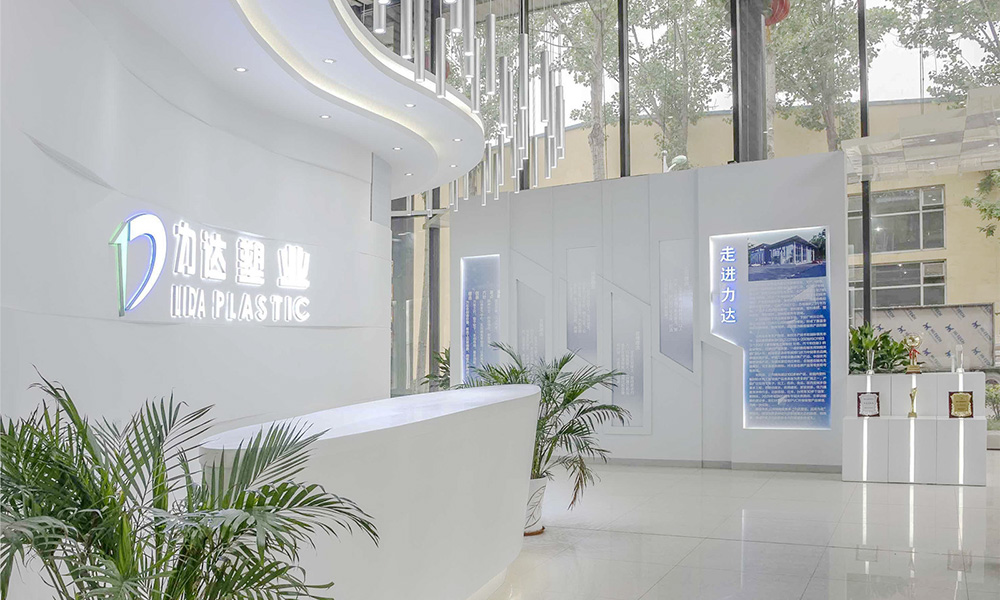Oct . 06, 2024 00:46 Back to list
pp welding rod
Understanding PP Welding Rods A Guide to Their Use and Benefits
Polypropylene (PP) welding rods are essential tools in the plastics industry, particularly for joining polypropylene materials. As a versatile thermoplastic polymer, polypropylene's lightweight, chemical resistance, and durability make it a popular choice in various applications. PP welding rods facilitate the efficient joining of polypropylene components, ensuring strong, reliable bonds that can withstand the rigors of different environments.
Properties and Advantages of PP Welding Rods
One of the standout features of polypropylene is its excellent chemical resistance. It can endure exposure to many acids, bases, and solvents, making it suitable for various industrial applications, including chemical storage, plumbing, and automotive components. PP welding rods allow for the seamless connection of polypropylene pieces, maintaining these advantageous properties across joints.
Additionally, PP welds are known for their high impact strength, which keeps the assembled structures intact even under stress or impact conditions. The rods create a homogenous bond between the materials, ensuring that the welded area has comparable, if not superior, durability to the original pieces. This feature is particularly crucial in sectors where the reliability of over-time exposure to stress is paramount, such as in automotive manufacturing and the construction of containment systems.
Another benefit of using PP welding rods is the ease of processing. Polypropylene can be welded using various techniques, including hot air, extrusion, and solvent welding, with rods specifically designed for these methods. The compatibility between the welding rods and the polypropylene material streamlines the welding process, ensuring consistent quality and strength in the final product.
Application Techniques
When using PP welding rods, choosing the right process is critical. The most common methods include
pp welding rod

1. Hot Air Welding This technique involves heating both the base polypropylene material and the welding rod simultaneously with hot air. Once soft, the materials are pressed together to form a strong bond. This method is widely used for large assemblies or repairs where precision and control over the heat application are necessary.
2. Extrusion Welding In this method, a welding extruder heats and melts the PP welding rod, which is then fed through a nozzle onto the joint between two pieces of polypropylene. This technique is excellent for large-scale applications as it allows for continuous welding, resulting in long joints without interruption.
3. Solvent Welding Although less common for polypropylene compared to other plastics, solvent welding can still be used with certain formulations. In this method, a solvent is applied to the surfaces to be bonded, followed by the application of heat with the welding rod, effectively melting and fusing the materials.
It is essential to pre-clean the surfaces to ensure optimal bonding. Contaminants such as grease, oil, or dirt can hinder the welding process and impact the strength of the finished product.
Conclusion
PP welding rods play a vital role in the effective assembly of polypropylene components across various industries. Their ability to create strong, chemically resistant joints makes them indispensable in applications ranging from automotive parts to chemical tanks. Understanding the properties, advantages, and techniques involved in using PP welding rods empowers manufacturers and fabricators to leverage the full potential of polypropylene materials.
As industries continue to evolve, the demand for reliable, high-performance materials and their joining techniques will grow. With the continued development of polypropylene technology and welding methods, PP welding rods represent a crucial element in meeting these challenges, ensuring strong, long-lasting products that can stand the test of time.
In summary, whether you are involved in the manufacturing of plastic components, repairing existing products, or exploring new applications for polypropylene, investing in high-quality PP welding rods is a step towards achieving sustainable solutions with reliable performance. By mastering the techniques and understanding the properties of these rods, you can optimize your production processes and ensure that your products deliver the desired longevity and effectiveness.
-
Durable PP Rigid Sheet: Lightweight, Chemical Resistant Solutions
NewsAug.21,2025
-
PVC Grey Sheet for Extraction: Chemical Resistant & Durable
NewsAug.19,2025
-
Durable PVC Pipe Fittings for Plumbing & Irrigation Needs
NewsAug.18,2025
-
HDPE Steel Belt Reinforced Spiral Corrugated Pipe | High Strength
NewsAug.17,2025
-
HDPE Pipe Fittings: Durable, Leak-Proof Solutions
NewsAug.16,2025
-
Premium CPVC Sheet: High-Temp & Chemical Resistant Solutions
NewsAug.15,2025

